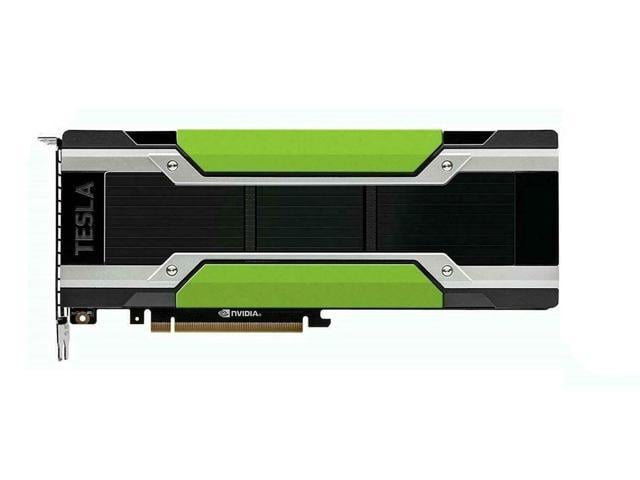



On the CUDA note: the current driver generation (462.31) and CUDA release 11.2 will be the last to actually support the K80.
#Tesla k80 fp64 install#
Then it would boot flawlessly into your favorite Linux distribution and would let you install the Nvidia drivers along with CUDA. Namely the 4G decoding to support the 24GB of VRAM and the PCIe generation setting to Gen2. I had to enable the following two settings: My X99 board complained about the PCIe power on the x16 lane (“System is running with Insufficient PCI Resources! PCI devices were set to disabled state! It is strongly recommended to Power Off the system and remove some PCI/PCI Express cards from the system!”), but turned out that this wasn’t quite the issue. Once powered, you most likely will run into compatibility issues with the BIOS. It’s also important to plug the two PCIe PSU cables into different power rails, keep in mind that each GPU will draw up to 150W - so 300W in total. My old consumer PSU from 2014 certainly didn’t and I had to get a breakout cable that joins two 8-pin PCIe connectors into an 8-pin CPU connector.Īpparently they were part of the original package, the refurbished card I got didn’t come with it - yet you can still buy them “NVIDIA dual 8 to 8 Graphics Card Power Cable Tesla K80 M40 Grid M60 P40 P100 GPU” for example. If your PSU has support for two CPU connectors, then you’re good to go. In consumer gaming cards from Nvidia it’s actually common to plug two 6-pin or 8-pin plugs into your card.īack in 2014 Nvidia used, for the first time, a 8-pin CPU power connector instead of a 8-pin PCIe connector. It’s actually not possible, they won’t fit even though you would think they do. The first challenge is to actually power the card with plain PCIe PSU cables. Now obviously I don’t really want to retrofit my old gaming desktop into a server rack due to the acoustics of such a rack setup, so can we make the Tesla K80 run in a plain desktop? Power supply You can see the little and powerful fans in two rows at the bottom. This card is supposed to be cooled externally, basically via the airflow in a server rack like this and thus has no fan installed: The GPU experts among us will spot it: the fans are missing. Given it’s a server card, it comes in that state: So I actually bought one, originally to do a bit of machine learning. That’s really really cheap, for a card that used to cost several thousands just a couple years back. What’s even better? It’s really cheap, you can get a refurbished card for about 280€. Why is it great? It actually has two GPUs (2× GK210) in a single card, each with a massive 12GB of VRAM - yes that’s a whopping 24GB in total! It’s usually used in datacenters and server setups, most prominently featured in AWS where they are part of the p2 instance offering. The Tesla K80 is a server compute card (GPGPU) from Nov’2014.


 0 kommentar(er)
0 kommentar(er)
